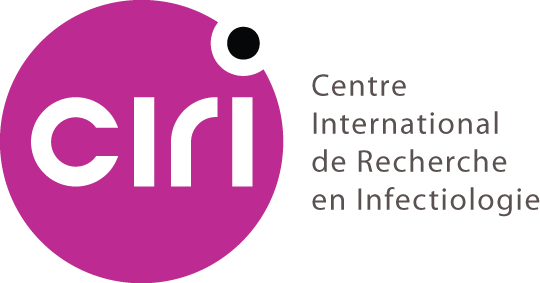Quantification of the Hepatitis B Virus cccDNA: Evidence-based guidelines for 2 monitoring the key obstacle of HBV cure 3 Short Title: cccDNA quantification harmonization 4 5
Résumé
Objectives A major goal of curative hepatitis B virus (HBV) treatments is the reduction or inactivation of intrahepatic viral covalently closed circular DNA (cccDNA). Hence, precise cccDNA quantification is essential in preclinical and clinical studies. Southern blot (SB) permits cccDNA visualisation but lacks sensitivity and is very laborious. Quantitative PCR (qPCR) has no such limitations but inaccurate quantification due to codetection of viral replicative intermediates (RI) can occur. The use of different samples, preservation conditions, DNA extraction, nuclease digestion methods and qPCR strategies has hindered standardisation. Within the ICE-HBV consortium, available and novel protocols for cccDNA isolation and qPCR quantification in liver tissues and cell cultures were compared in six laboratories to develop evidence-based guidance for best practices. Design Reference material (HBV-infected humanised mouse livers and HepG2-NTCP cells) was exchanged for cross-validation. Each group compared different DNA extraction methods (Hirt extraction, total DNA extraction with or without proteinase K treatment (+PK/−PK)) and nuclease digestion protocols (plasmid-safe ATP-dependent DNase (PSD), T5 exonuclease, exonucleases I/III). Samples were analysed by qPCR and SB. Results Hirt and −PK extraction reduced coexisting RI forms. However, both cccDNA and the protein-free relaxed circular HBV DNA (pf-rcDNA) form were detected by qPCR. T5 and Exo I/III nucleases efficiently removed all RI forms. In contrast, PSD did not digest pf-rcDNA, but was less prone to induce cccDNA overdigestion. In stabilised tissues (eg, Allprotect), nucleases had detrimental effects on cccDNA. Conclusions We present here a comprehensive evidence-based guidance for optimising, controlling and validating cccDNA measurements using available qPCR assays.
Domaines
Virologie
Origine : Fichiers produits par l'(les) auteur(s)
